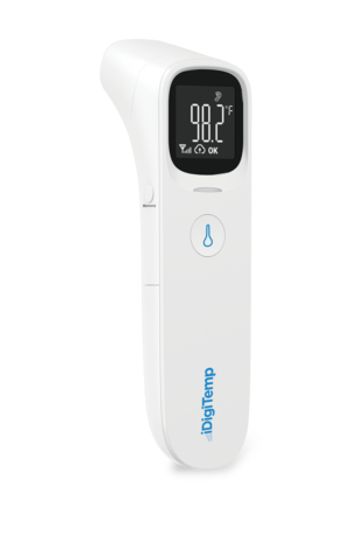
- Medical Economics September 2023
- Volume 100
- Issue 9
For a sustainable health care workforce, we need to listen more
Measuring engagement is key to meaningful change when workers are straining but loyal, and want to build a culture of excellence.
There are many large problems in the way the United States manages its health care workforce today. The turnover rates are
Through my work, I talk with health care leaders every day who feel that they are at the limit. One physician services executive said his organization is like a water glass filled to the brim on a paper napkin – maxed out, it spills over with every shake. He is trying to design for flexibility and resilience so the glass can shake without spilling over, or at least not soaking the napkin, but he feels constrained. There is no bigger glass to have; there is no less water. With each new patient surge, each new crisis, each new cost cut, the problem feels harder to fix. In this scenario, why even ask your workforce for feedback when there are no remedies to offer?
Locum tenens can be a part of this flexibility-building, acting as a release valve for burnt out physicians to continue practicing and health care organizations to fill critical gaps. A
For true progress, our focus has to be on the 90% of the health care workforce in permanent roles who need new solutions. Healthcare has to get dramatically better at engaging and retaining this staff in a multidisciplinary way across the full spectrum, from medical assistants to nurses to physicians.
It’s not compensation or zen rooms that will drive this culture change. A recent
The playbook here is both simple and complex. Health care organizations need to measure engagement in their workforce, truly listen to people’s feedback, act through incremental changesbased on that feedback, and then measure again. It is difficult to start asking for feedback when you don’t have solutions, but this is how cultures change. This kind of
A sustainable health care workforce is one that is participating in solving its problems – where individuals feel that they can provide their best work for the best patient care, where they can be called on to do more occasionally without spilling over the brim every day. The workforce needs to feel supported and heard, to have their concerns taken seriously and to be able to make an impact in their field. Because this type of listening takes time and deep dialogue, temporary staffing as an extension of the workforce can help create space for that type of engagement.
In a recent
It’s hard to work on listening in a situation like our current health care workforce crisis. No one likes to get yelled at. No one likes to admit they don’t have the answers. At the same time, this kind of vulnerability and collaboration in our health care workforce relationships is exactly what we need. Technology and telehealth and locum tenens and credentialing changes and reforms can all help – but the real shift toward a healthy, stable, permanent workforce has to be about building strong cultures, responding to employee feedback, and improving our health care working environments.
Leslie Snavely is part of the executive team at
Articles in this issue
over 2 years ago
Remote teams: Are they right for you and your practice?over 2 years ago
6 steps to improve your practice financesover 2 years ago
The negative outlook on REITs is overblownNewsletter
Stay informed and empowered with Medical Economics enewsletter, delivering expert insights, financial strategies, practice management tips and technology trends — tailored for today’s physicians.








